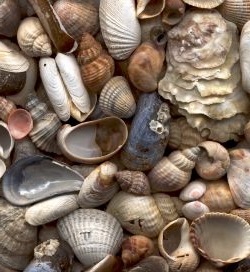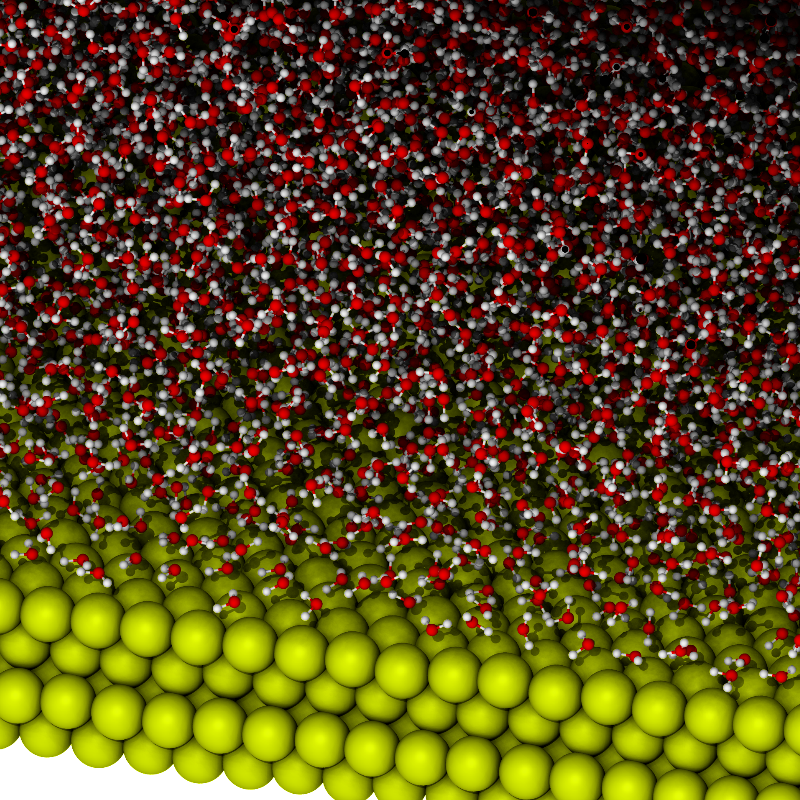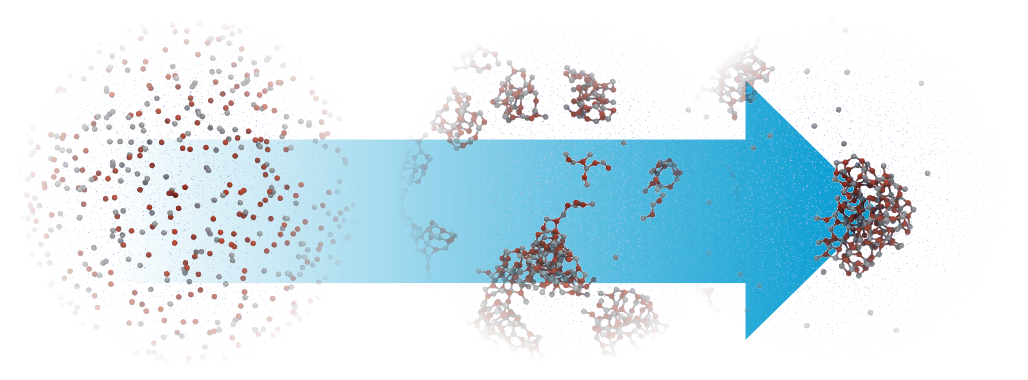Material science related topics

Biominerals are known to exhibit outstanding properties. Different morphologies and different shapes arranged in superstructures allow for a great variety of properties. How and when these structural features are encoded along the crystallization pathway is still largely unknown. While analyzing the macroscopic result of crystallization is quite easy, gaining insight into the early stages of crystallization through experimentation is difficult. The small size of these early stage structures, which is challenging for many experimental techniques on the one hand, is an advantage for molecular dynamics (MD) simulations on the other hand.

Studying the behaviour of a liquid phase in the immediate vicinity of solid interfaces is a particularly active research field for material science. Molecular modelling is an outstanding tool for this kind of systems since it allows microscopic insight on the atomistic scale which is required to understand the complex interplay between heterogeneous systems.

The nucleation and aggregation of atoms and molecules as well as the crystallization and growth of nuclei is central for many processes in living organisms and the inanimate world. Molecular dynamic simulations can provide a suiting tool to investigate the mechanisms in early stages of these processes directly or later stages in combination with advanced sampling methods. In this context, we are looking at aggregation and nucleation process of peptides and minerals.
